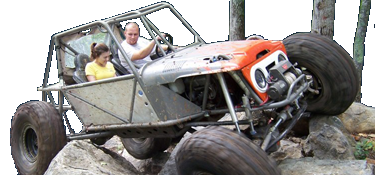Jon Sullivan
Member
- Joined
- Oct 8, 2007
- Location
- Harrodsburg Ky.
Does anybody run extra weight in thier tires on a trail rig or buggy? I know it can really help keep the tires on the ground but are there any drawbacks when just cruiseing down the trail? Does it take more power to turn them over? Also what is best lead shot, or water etc? What Additives would you add to water to keep your wheels from rusting from the inside out? How much weight do you want to add per tire? Is it really worth it on a buggy that sees hard trails but will never see a comp? What is your experience?

